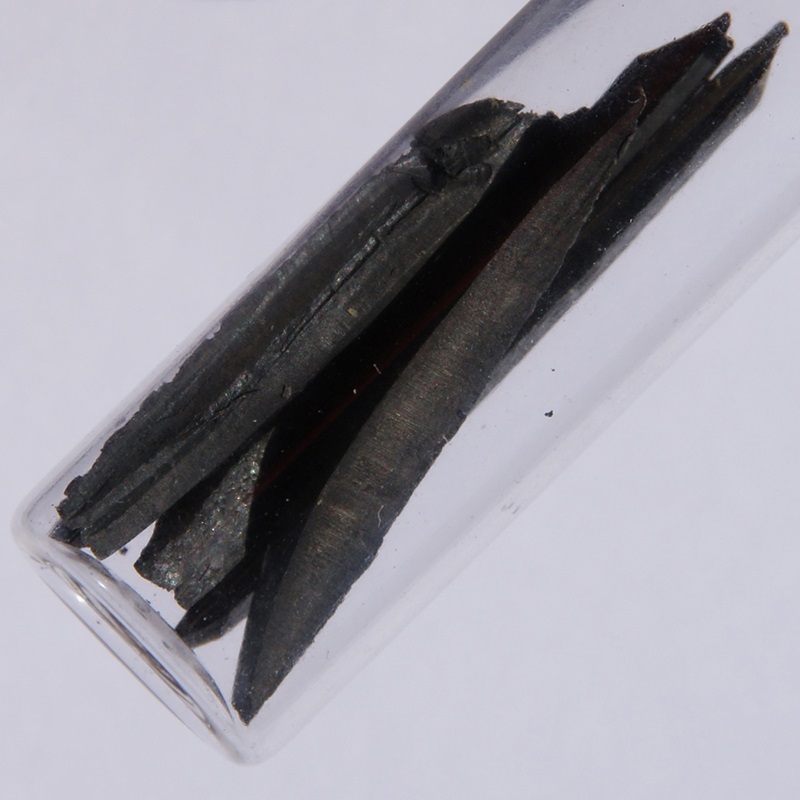Lityum
3
Li
Grup
1
Periyot
2
Blok
s
Protonlar
Elektronlar
Nötronlar
3
3
4
Temel Özellikleri
Atom numarası
3
Atom ağırlığı
6,941
Kütle Numarası
7
Kategori
Alkali metal
Renk
Gümüşi
Radyoaktif
Hayir
From the Greek word lithos, stone
Kristal yapısı
Hacim merkezli kübik
Tarihi
Lithium was discovered by Johann Arfvedson in 1817 when he was analyzing minerals from the island of Uto in Sweden.
The pure metal was isolated the following year by both Swedish chemist William Thomas Brande and English chemist Sir Humphry Davy working independently.
In 1855, larger quantities of lithium were produced through the electrolysis of lithium chloride by Robert Bunsen and Augustus Matthiessen.
The pure metal was isolated the following year by both Swedish chemist William Thomas Brande and English chemist Sir Humphry Davy working independently.
In 1855, larger quantities of lithium were produced through the electrolysis of lithium chloride by Robert Bunsen and Augustus Matthiessen.
Enerji seviyesi başına Elektronlar
2, 1
Elektron dizilimi
[He] 2s1
Lithium is the only metal which reacts with nitrogen under normal conditions
Fiziksel Özellikleri
Faz
Katı
Yoğunluk
0,534 g/cm3
Ergime noktası
453,69 K | 180,54 °C | 356,97 °F
Kaynama noktası
1615,15 K | 1342 °C | 2447,6 °F
Ergime ısısı
3 kJ/mol
Buharlaşma ısısı
147 kJ/mol
Isı kapasitesi
3,582 J/g·K
Dünya kabuğundaki bulunulabilirliği
0,0017%
Evrendeki bulunulabilirliği
6×10-7%

CAS Numarası
7439-93-2
PubChem CID Numarası
3028194
Atom Özellikleri
Atom yarıçapı
152 pm
Kovalent yarıçapı
128 pm
Elektronegatifliği
0,98 (Pauling ölçeği)
İyonlaşma enerjisi
5,3917 eV
Atomik Hacim
13,10 cm3/mol
Isıl iletkenlik
0,847 W/cm·K
Yükseltgenme seviyeleri
1
Uygulamalar
Pure lithium metal is used in rechargeable lithium ion batteries.
Lithium stearate is used as an all-purpose and high-temperature lubricant.
Lithium is used in special glasses and ceramics.
Metallic lithium and its complex hydrides are used as high energy additives to rocket propellants.
Lithium stearate is used as an all-purpose and high-temperature lubricant.
Lithium is used in special glasses and ceramics.
Metallic lithium and its complex hydrides are used as high energy additives to rocket propellants.
Lithium is corrosive and requires special handling to avoid skin contact
İzotoplar
Kararlı izotoplar
6Li, 7LiKararsız izotoplar
4Li, 5Li, 8Li, 9Li, 10Li, 11Li, 12Li